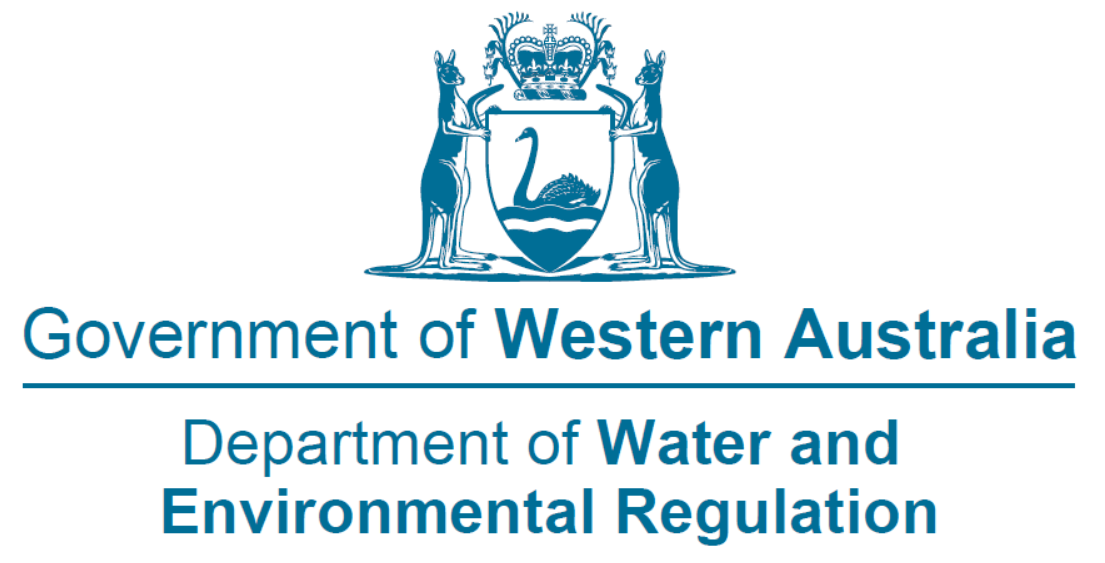A wetland is a distinct ecosystem that is flooded or saturated by water, either permanently (for years or decades) or seasonally (for weeks or months). Flooding results in oxygen-free (anoxic) processes prevailing, especially in the soils. This is the primary factor that distinguishes wetlands from terrestrial land forms or water bodies as the vegetation of aquatic plants present are adapted to the unique low oxygen environment.
They include:
Wetlands may be natural or artificial and the water within a wetland may be static or flowing, fresh, brackish or saline. There are even underground wetlands.
Why are wetlands important?
Wetlands are a critical part of our natural environment. They protect our shores from wave action, reduce the impacts of floods, absorb pollutants and improve water quality. They provide habitat for animals and plants and many contain a wide diversity of life, supporting plants and animals that are found nowhere else.
Australian wetlands are critical to the survival of birds that migrate across the globe each season, and Australia is responsible for these birds under international treaties. Nearly 20 per cent of Australia’s bird species depend on wetlands, many on different wetlands for different parts of their life cycle. Including the local found critically endangered Australasian bittern.
Wetlands also
Wetlands are the vital link between land and water.
They include:
- swamps, marshes
- billabongs, lakes, lagoons
- saltmarshes, mudflats
- bogs, fens, and peatlands.
Wetlands may be natural or artificial and the water within a wetland may be static or flowing, fresh, brackish or saline. There are even underground wetlands.
Why are wetlands important?
Wetlands are a critical part of our natural environment. They protect our shores from wave action, reduce the impacts of floods, absorb pollutants and improve water quality. They provide habitat for animals and plants and many contain a wide diversity of life, supporting plants and animals that are found nowhere else.
Australian wetlands are critical to the survival of birds that migrate across the globe each season, and Australia is responsible for these birds under international treaties. Nearly 20 per cent of Australia’s bird species depend on wetlands, many on different wetlands for different parts of their life cycle. Including the local found critically endangered Australasian bittern.
Wetlands also
- Provide nursery areas for fish, and breeding grounds for wildlife. For example, they form nurseries for fish and other freshwater and marine life and are critical to Australia's commercial and recreational fishing industries.
- Help keep water clean and healthy by filtering out pollutants such as sediments, nutrients and pathogens.
- Help reduce the severity of floods, while providing refuges for wildlife during drought.
- Provide great spots for recreational activities such as camping, swimming, boating, fishing, bushwalking and birdwatching.
- are (mostly) culturally significant, for example gnammas.
- Provide educational and scientific research sites for the community and academic institutions.
Wetlands are the vital link between land and water.

Wetlands in Oyster Harbour Catchment
The wetlands shown in this map are national significant (green) and set aside for conservation (purple) but there are many more in private ownership.
The wetlands shown in this map are national significant (green) and set aside for conservation (purple) but there are many more in private ownership.
We acknowledge the Minang and Koreng people as the traditional custodians of the land on which we work and live. We pay our respects to the Elders, past, present, and emerging and to the wider Noongar community.
Sponsors and Supporters











